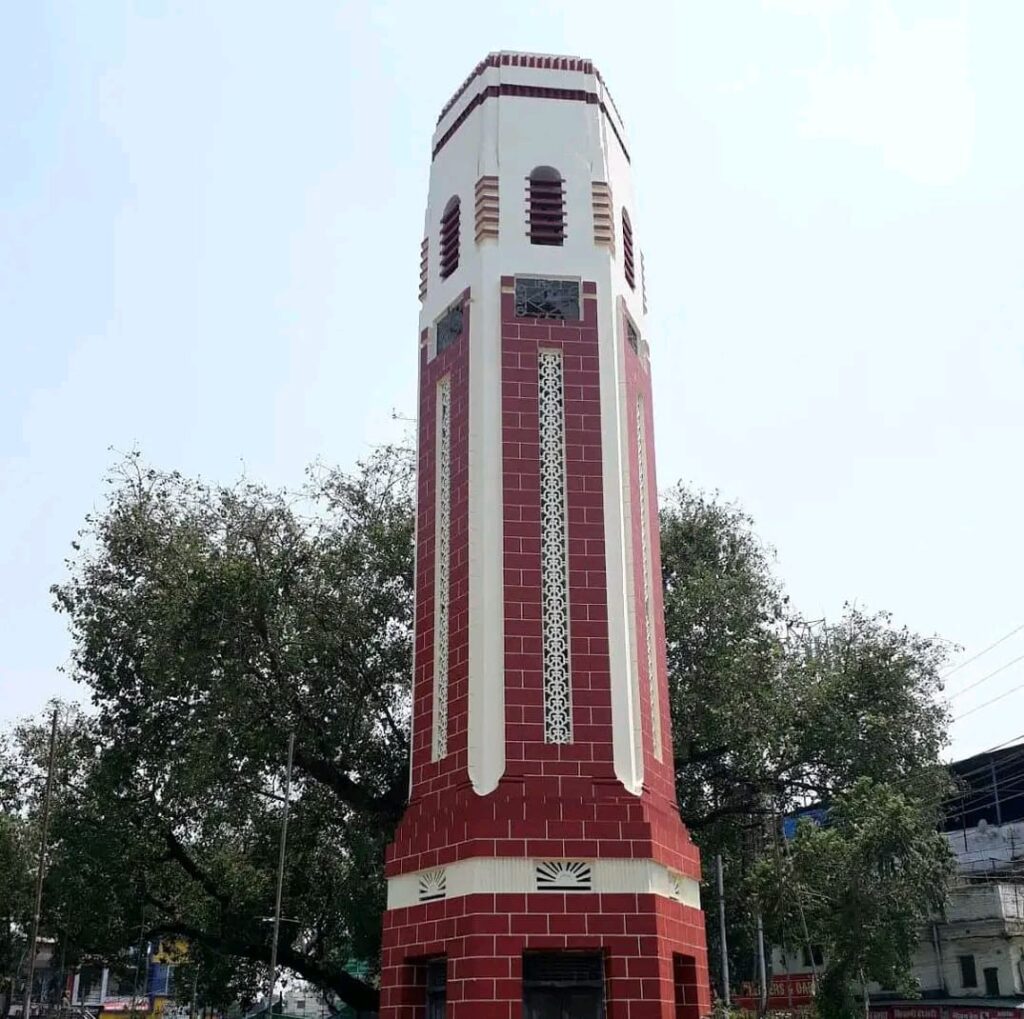Capital of Uttarakhand
Uttarakhand is a state that not only boasts breathtaking landscapes but also a unique administrative feature – dual capitals. Dehradun, the winter capital, and Bhararisain, the summer capital, showcase the diversity and richness that define this enchanting region. In this article, we delve into the intriguing facets of Uttarakhand, exploring the significance of its two Capital of Uttarakhand and other interesting snippets that make it a must-visit destination.
- Dehradun: The Winter Capital of Uttarakhand Embraced by the Shivalik range and the grandeur of the Himalayas, Dehradun takes on the role of the winter capital during the colder months. The city’s moderate climate and picturesque surroundings make it an ideal retreat for those seeking respite from the plains. Historical landmarks, such as the Forest Research Institute and the serene Robber’s Cave, add to Dehradun’s allure. The winter months here are marked by mist-laden mornings and a crisp mountain breeze, creating an atmosphere that’s both invigorating and charming.
- Bhararisain: The Summer Capital of Uttarakhand: As the temperatures rise and the plains become sweltering, the administrative machinery of Uttarakhand shifts to Bhararisain, the summer capital. Nestled in the Kumaon region, Bhararisain offers a cooler climate and a refreshing escape from the summer heat. The town is surrounded by lush greenery, and its serene ambiance makes it an ideal location for administrative activities during the warmer months. The decision to have a summer capital reflects the thoughtful planning that considers both practicality and the well-being of the state’s officials.
Districts of Uttarakhand 2023
Uttarakhand, often referred to as the “Land of the Gods,” is a northern state in India known for its pristine natural beauty, spiritual significance, and a rich cultural heritage. This enchanting state is divided into 13 districts of uttarakhand in 2023 , each with its unique characteristics, history, and attractions. On a journey to explore these diverse districts

Introduction: Winter Capital of Uttarakhand
Nestled in the lap of the majestic Himalayas, Uttarakhand is a state in northern India that boasts not only breathtaking natural beauty but also a rich cultural heritage. Among the various gems that adorn this picturesque state, the capital city of Dehradun stands out as a charming blend of tradition and modernity. In this blog post, we’ll explore the unique allure of Dehradun, delving into its history, culture, and the myriad attractions that make it a must-visit destination.

History:
Dehradun’s history dates back to the 17th century when it was founded by Guru Ram Rai, the son of the seventh Sikh Guru, Guru Har Rai. Over the centuries, the city has witnessed the ebb and flow of various dynasties, including the Gurkhas and the British, each leaving their mark on its cultural tapestry. Today, Dehradun stands as a testament to its rich past, with colonial-era architecture, bustling bazaars, and a palpable sense of history.
Geography and Climate:
Situated in the Doon Valley, Dehradun is surrounded by the Shivalik range to the south and the towering Himalayas to the north. The city enjoys a moderate climate throughout the year, making it an ideal retreat for those seeking respite from the scorching heat of the plains. The lush greenery, coupled with the cool mountain breeze, adds to the city’s appeal, making it a haven for nature lovers.
Culture and Traditions:
Dehradun is a melting pot of cultures, with influences from the Garhwal and Kumaon regions of Uttarakhand. The city celebrates various festivals with great fervor, including Basant Panchami, Diwali, and Holi. The local cuisine is a treat for the taste buds, featuring Garhwali and Kumaoni dishes that showcase the region’s distinct flavors.
- Robber’s Cave (Guchu Pani): A natural cave formation, Robber’s Cave is famous for its cold stream that mysteriously disappears underground and reappears a few yards away. It’s a popular spot for picnics and short treks.
- Forest Research Institute (FRI): A testament to colonial architecture, FRI is an iconic institution and a must-visit for those interested in forestry and natural sciences. The sprawling campus is adorned with lush greenery and historic buildings.
- Sahastradhara: Translated as “The Thousandfold Spring,” Sahastradhara is renowned for its therapeutic sulphur springs and the breathtaking waterfall. The site is not only a visual delight but also believed to have medicinal properties.
- Mindrolling Monastery: One of the largest Buddhist centers in India, Mindrolling Monastery is a serene retreat featuring a magnificent stupa, a Tibetan temple, and beautiful gardens. It offers a glimpse into the spiritual side of Dehradun.
- Tapkeshwar Temple: Nestled in a cave, Tapkeshwar Temple is dedicated to Lord Shiva and is known for the continuous dripping of water on the Shivling, giving it its name. The temple attracts devotees and tourists alike.
Frequently Asked Questions
Uttarakhand has two capitals: Dehradun serves as the winter capital, while Bhararisain functions as the summer capital.
Uttarakhand has dual capitals to optimize administrative efficiency. Dehradun serves as the winter capital due to its moderate climate, while Bhararisain is the summer capital to provide relief from the plains’ heat.
The Char Dham Yatra, including Yamunotri, Gangotri, Kedarnath, and Badrinath, is a sacred pilgrimage. Additionally, places like Haridwar, Rishikesh, and Jageshwar hold cultural and spiritual significance.
Uttarakhand offers a plethora of adventure activities, including trekking in the Himalayas, white-water rafting in the Ganges, skiing in Auli, and exploring UNESCO World Heritage Sites like the Valley of Flowers.
Dehradun offers a variety of attractions. Some must-visit places include the Robber’s Cave, Sahastradhara, Mindrolling Monastery, Tapkeshwar Temple, Malsi Deer Park, and Rajaji National Park.
Yes, Dehradun has its share of historical attractions. The Forest Research Institute (FRI) is an iconic historical building with remarkable architecture. The Tapkeshwar Temple, dedicated to Lord Shiva, has a history dating back centuries.
